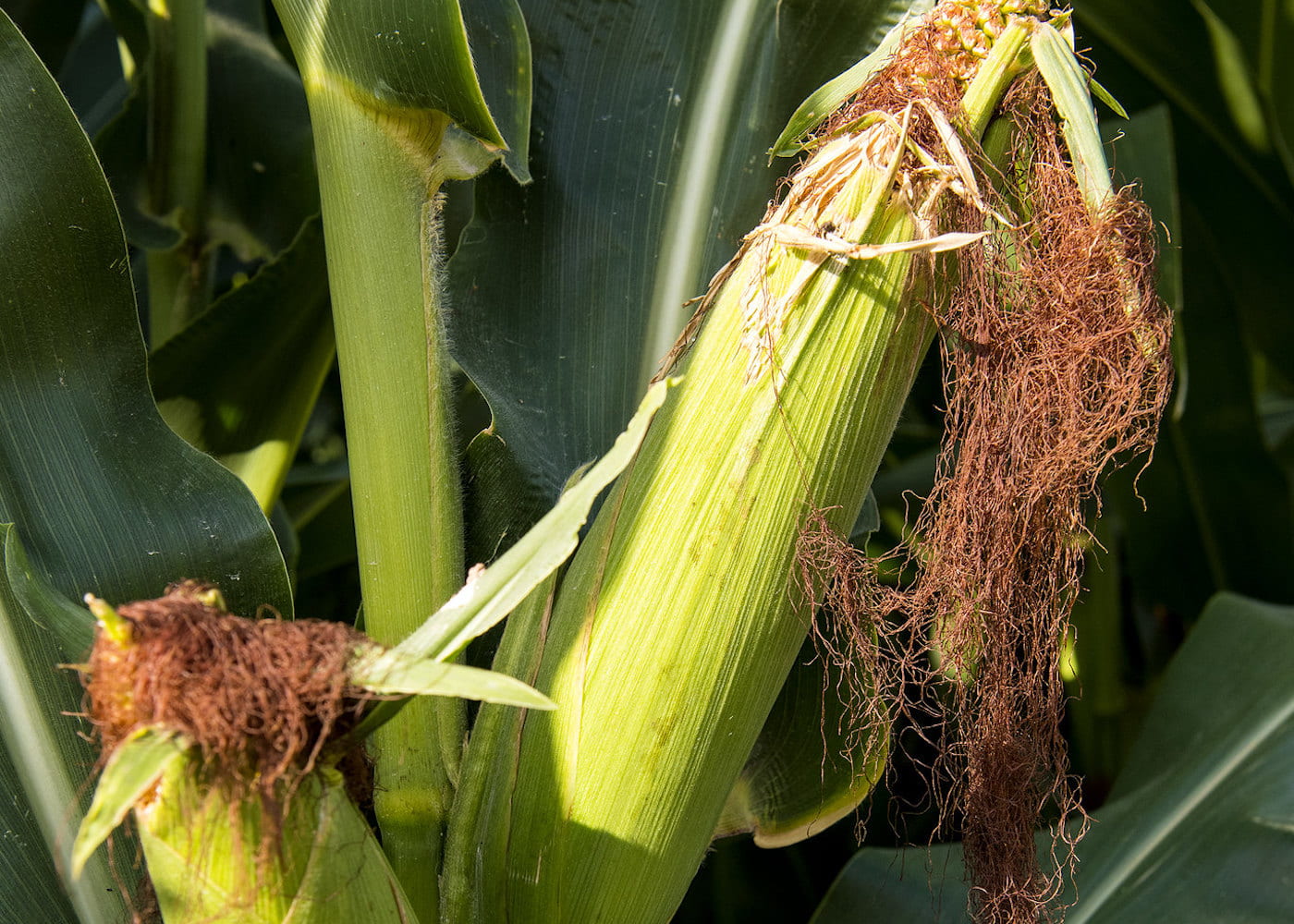Researchers Launch New Software to Simulate Trait Evolution

The Problem
Evolution’s complexities are difficult to model, and designing useful simulations can prove challenging due to the high computational demands. A new software called TraitTrainR aims to streamline this modeling process.
The Work
Jenniffer Roa Lozano served as the lead author of the study introducing this software. She was a master’s student in the statistics and analytics program at the University of Arkansas when the work was published. Rich Adams, an assistant professor of agricultural statistics for the Arkansas Agricultural Experiment Station, the research arm of the University of Arkansas System Division of Agriculture, and part of the Center for Agricultural Data Analytics for the experiment station, served as corresponding author and Lozano’s adviser. Adams is also part of the Dale Bumpers College of Agricultural, Food and Life Sciences.
The research team built on existing models that describe organisms’ changes over time. From there, researchers built what is now known as TraitTrainR, a software package that streamlines these models’ computer simulations.
The Results
TraitTrainR can perform a vast number of flexible experiments through probabilistic computer trait simulations. Additionally, these computer simulations can be performed on standard computers, and the software includes an easily understandable and organized code with tutorials to guide users.
The Value
The software has potential applications ranging from pathogen resistance research to crop resistance and invasive species modeling. Users can generate multiple evolutionary scenarios and understand an organism’s trait by comparing it to variations in related species. The software will help improve the understanding of the diversity of life forms on Earth, as organisms’ physical and molecular traits, and how they change over time, are at the heart of understanding how living beings have come to function the way they do.
Read the Research
TraitTrainR: accelerating large-scale simulation under models of continuous trait evolution
Bioinformatics Advances
Volume 5, Issue 1 (2025)
https://doi.org/10.1093/bioadv/vbae196
Supported in part by
Arkansas Agricultural Experiment Station, the Arkansas High Performance Computing Center, the Arkansas Biosciences Institute and National Science Foundation grant no. IOS-2307044. Additional support came from National Institutes of Health grant no. R35GM128590 and National Science Foundation grant nos. DBI-2130666, DEB-2302258 and DEB-2110053.
About the Researchers

Rich Adams
Assistant Professor of Agricultural Statistics
Ph.D., Quantitative Biology, University of Texas, Arlington
B.S., Cell and Molecular Biology, Stephen F. Austin State University
Jenniffer Roa Lozano
A master’s student in the statistics and analytics program at the University of Arkansas when the study was published, Served as the lead author.
Duane D. McKenna
University of Memphis
Todd A. Castoe
University of Texas at Arlington
Mataya Duncan
A graduate student in the cell and molecular biology program and with the Division of Agriculture’s Center for Agricultural Data Analytics
Michael DeGiorgio
Florida Atlantic University.




